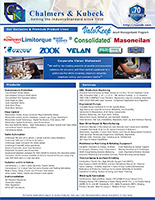BLOG

Consolidated 1700 Series Maxiflow® Safety Valves – How SAFE is SAFE
- 01 May 2017
Consolidated® safety valves have been the industry leader since 1879. The Consolidated® Maxiflow® 1700 series valve continues to be synonymous with the protection of life and property from boiler over pressurization. With set pressures ranging to 5360 psig (369 bar) and temperatures up to 1120⁰F (604⁰C), this workhorse safety valve is installed on the majority of power generating stations worldwide.
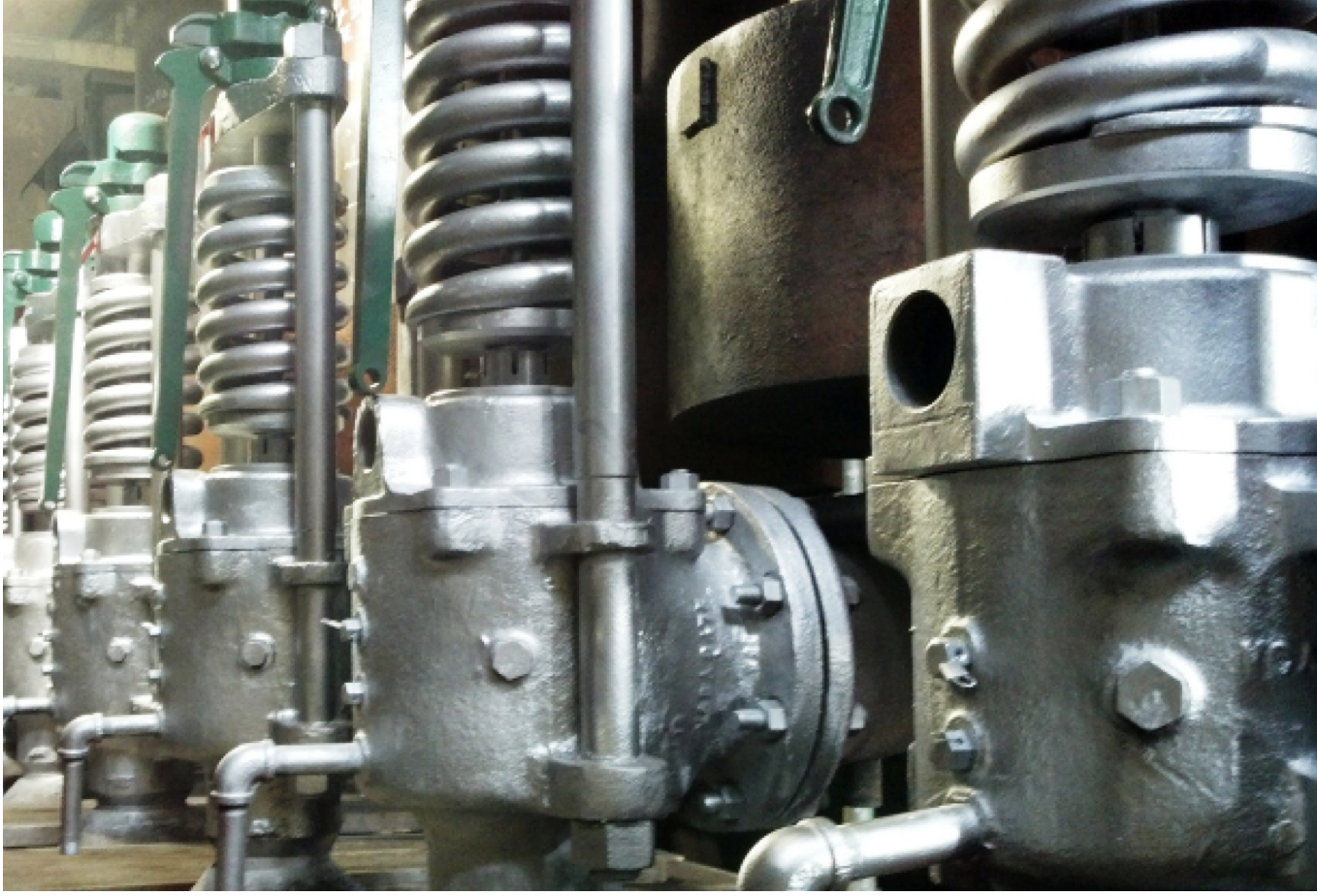
There is little doubt that the Consolidated® Maxiflow® was built for safety and to indeed protect both life and property, in that order. With a valve of this sophistication, the question now is how to ensure that improper maintenance does not diminish the functionality of this outstanding valve. Indeed, GE (Dresser, Inc.) goes to great lengths to extensively train and certify qualified Green Tag Center (GTC) service valve technicians in the intricacies of the Maxiflow® and the various internal adjustments that must be made.
Unique design features of the Maxiflow® 1700 series valve assure maximum relieving capacities, adjustable lift, stable set pressures, accurate and repeatable blowdown (one of the shortest in the industry), and consistent seat tightness often exceeding 95% of set pressure. Each of these features provide benefits to the user in terms of closer operating pressure (narrow operating gap), shorter blowdown (closing pressure), and fine-tuned capacities (adjustable lift) to prevent chatter. Unfortunately, misadjustment of even one of these unique settings can have disastrous consequences.
Seat tightness is the hallmark of the Maxiflow® and is accomplished by utilizing a highly engineered THERMODISC™ in conjunction with a special DISC COLLAR. The Thermodisc™ has a flexible lip seat area that allows for temperature equalization and the use of system pressure to assist in achieving a leak tight seal. The low spindle bearing point contact with the disc minimizes the natural tendency of the disc to tilt during the opening and closing cycle of the valve. Control of the amount of disc tilt is accomplished by the Maxiflow’s® unique disc collar. Careful adjustment of this part (per factory specifications) ensures proper valve performance, while improper adjustment will result in seat leakage and the destruction of the critical Thermodisc™. Too much disc “rock”(play/wiggle) and disc misalignment can occur; too little and the disc assembly becomes rigid and loses its ability to perform.
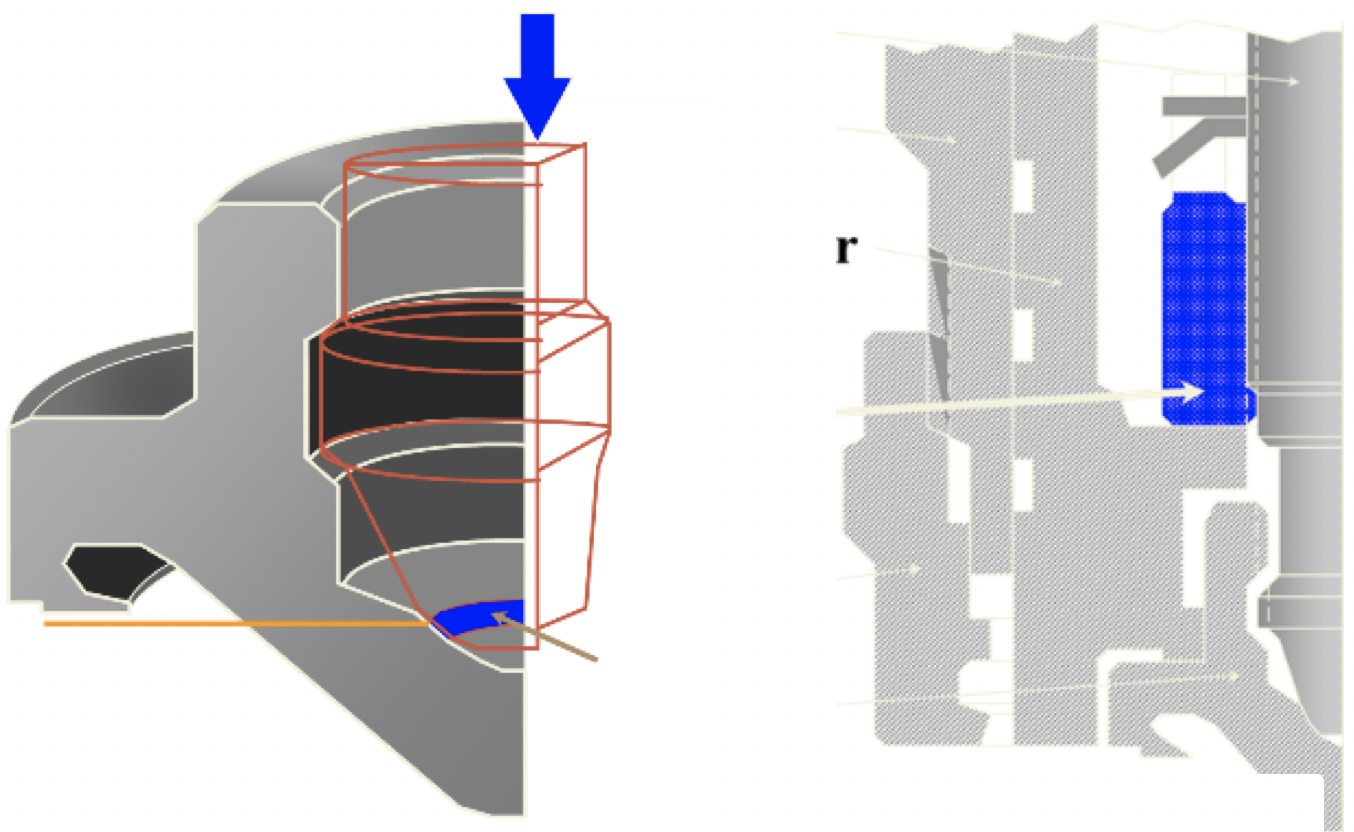
The most critical function of any safety valve is to open at the appropriate set pressure and to relieve its required capacity (at full lift) to prevent system overpressure. Valves must not relieve significantly more capacity than is required or the valve will chatter and suffer significant mechanical damage or worse. The Maxiflow® has the feature to allow for actually reducing the rated capacity in a given valve by RESTRICTING THE LIFT as allowed by ASME code. This is especially useful when a selected valve has significantly more capacity than is needed and a smaller valve will not work. The adjustment that controls the restricted lift function in the Maxiflow® is the LIFT STOP. This CRITICAL part (lift stop) dictates whether the valve will flow its FULL CAPACITY or only FRACTIONAL CAPACITY; it can even be misadjusted to flow NO CAPACITY at all. It is vital that only qualified individuals such as GE’s Green Tag Center service technicians make this critical adjustment; the consequences of a misadjustment could be catastrophic.
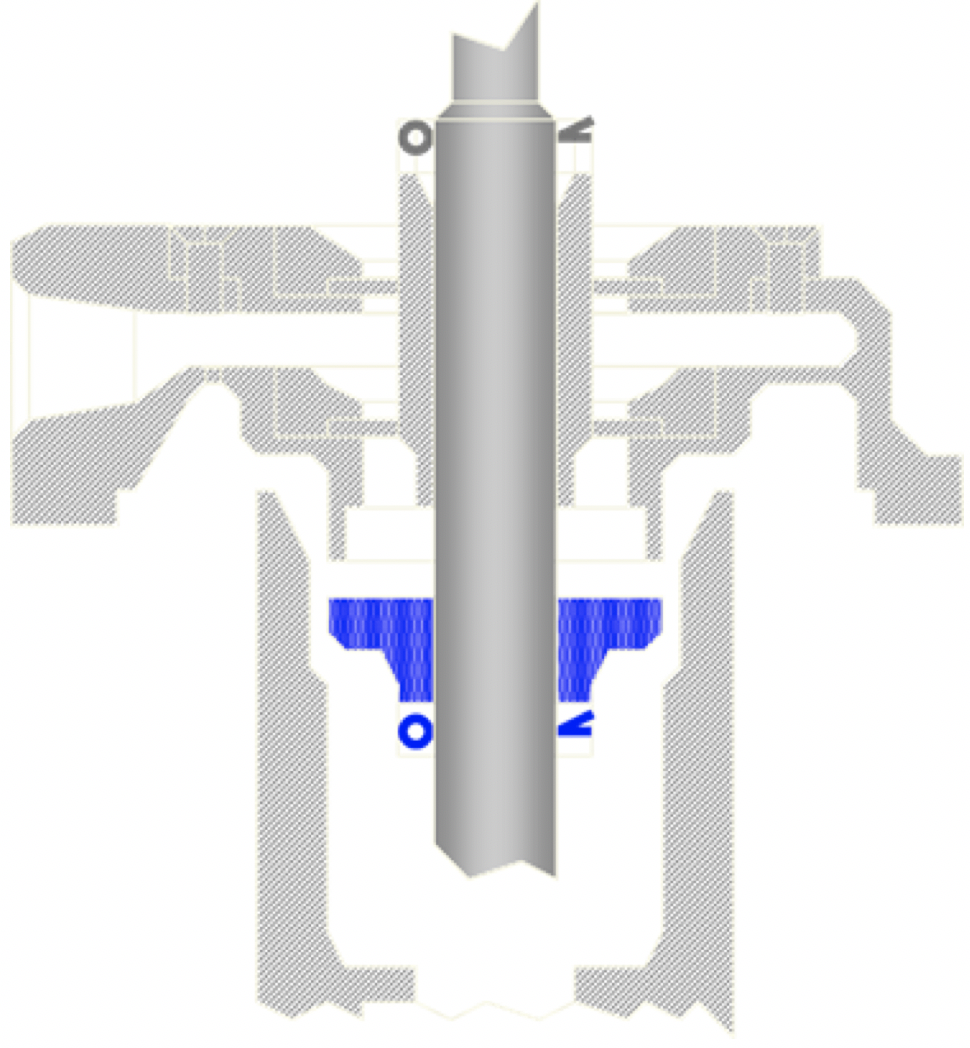
The Maxiflow® also uses a very special technique called PRESSURE ASSISTED CLOSING to achieve the tightest and most accurate blowdown (closing pressure) of any valve in the industry. These valves can consistently achieve closing pressures (blowdown) at 3% below the set pressure; significantly tighter than that required by ASME Code Section I. In addition to the traditional upper and lower blowdown adjusting rings found in many valves, the Maxiflow® utilizes a third ring called an OVERLAP COLLAR. The overlap collar works in conjunction with other parts (floating washers and top plate assembly) to control how system pressure (when valve is open and flowing) can be used to assist the valve in reseating. The proper position of this overlap collar is critical to valve performance; too high and the reseating feature is NEGATED, too low and the valve will CHATTER. Inexperienced valve technicians may believe that “the shorter the blowdown the better” and will intentionally misadjust the valve to achieve a much too short blowdown which can result in chatter and reduced capacity. GE thoroughly trains and certifies Green Tag Center service technicians on the proper methods/settings to use when adjusting the Maxiflow® overlap collar to ensure proper valve performance.
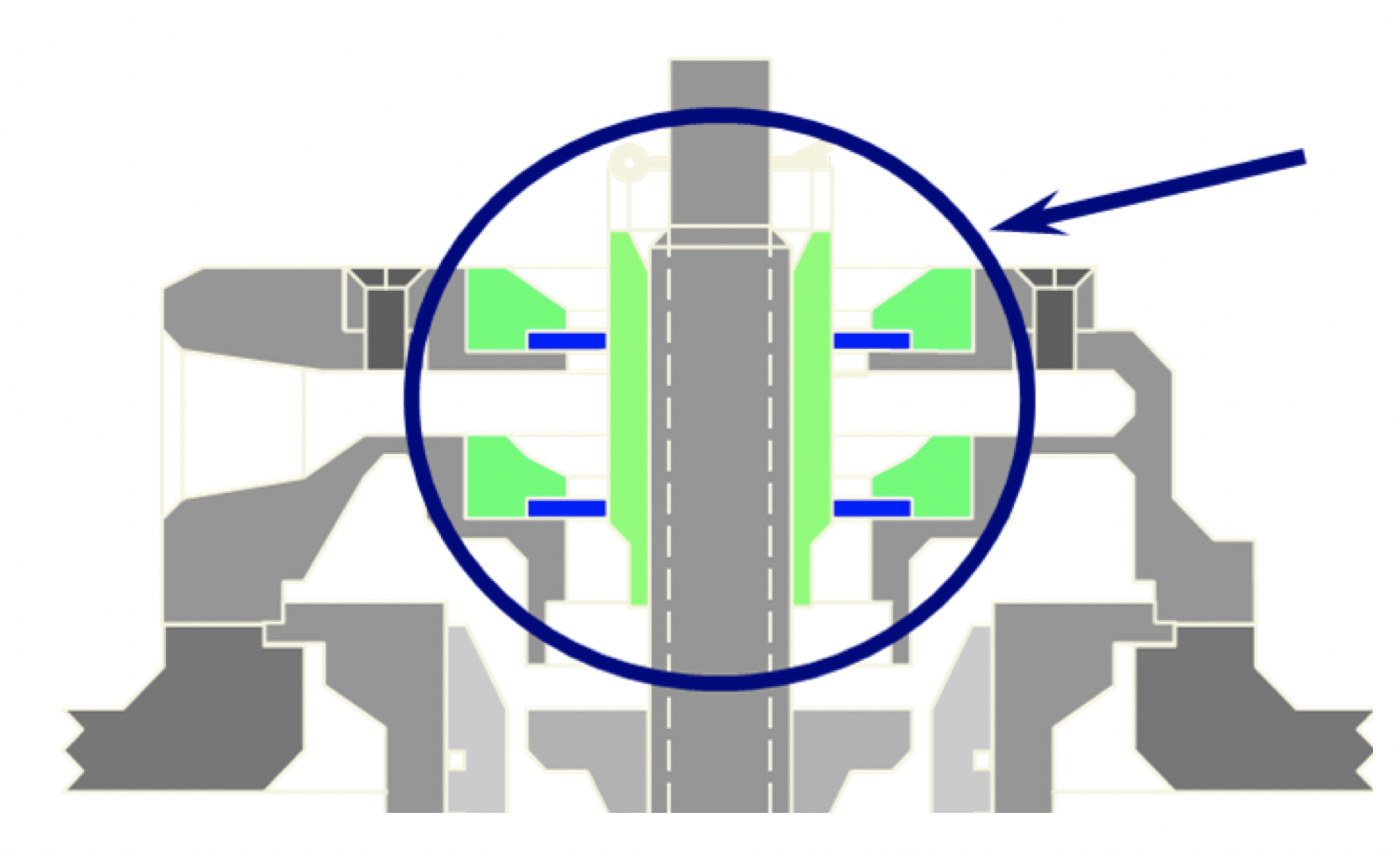
In conclusion, the Consolidated© Maxiflow® safety valve is the most prominently used high performance pressure relief valve in the power industry for a reason; it out performs all others. It is a highly engineered device that requires extreme care during the repair and adjustment of its critical components. It is very easy to make incorrect adjustments that, at best, hinder its performance and, at worst, can cause it to not perform at all. Consider utilizing only GE factory trained and certified GTC technicians to perform this work, because after all, how SAFE is SAFE?

